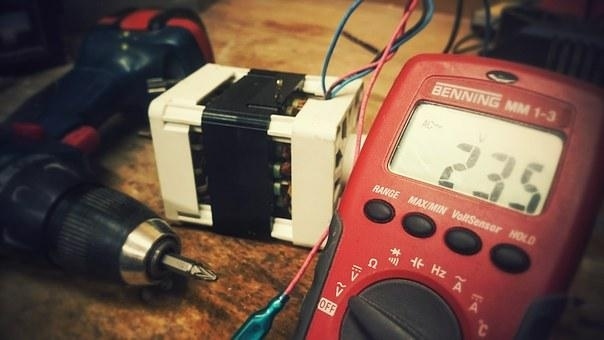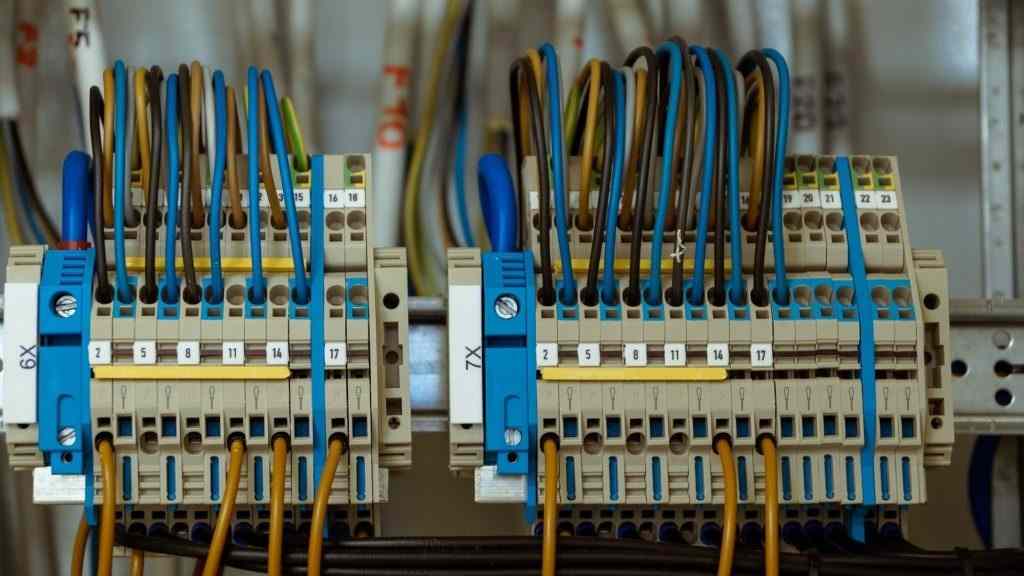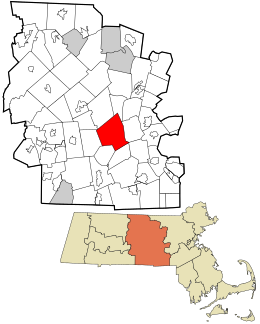Electrician in Linwood
An electrician job description must include the name of the company, job title, and responsibilities. Highlight any potential advantages, such as advancement possibilities and the use of state-ofthe-art equipment. You should also mention other benefits like medical insurance and 401K plans. You should highlight the electrician’s knowledge of electrical safety, control systems, and the use programmable logic controls.
A license can tell you how experienced an electrician is. If the number starts at a 9 or 10, it means that the contractor is brand new. Ask the electrician about their experience in the trade and, if you are able, ask for references. Ask about the electrician’s past jobs and educational qualifications. Make sure your electrician acts on time and is trustworthy. Their services will cost you money!














